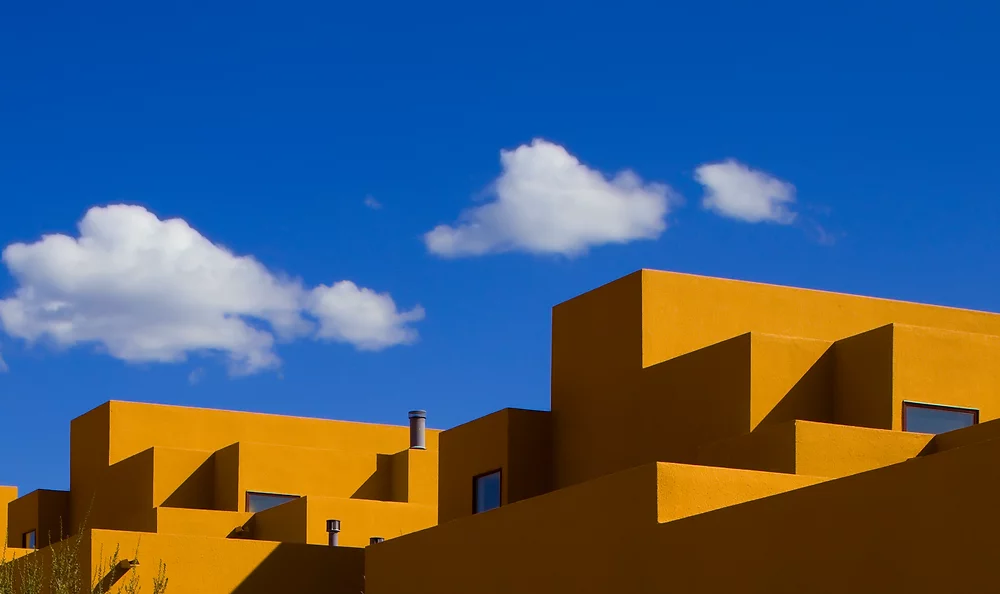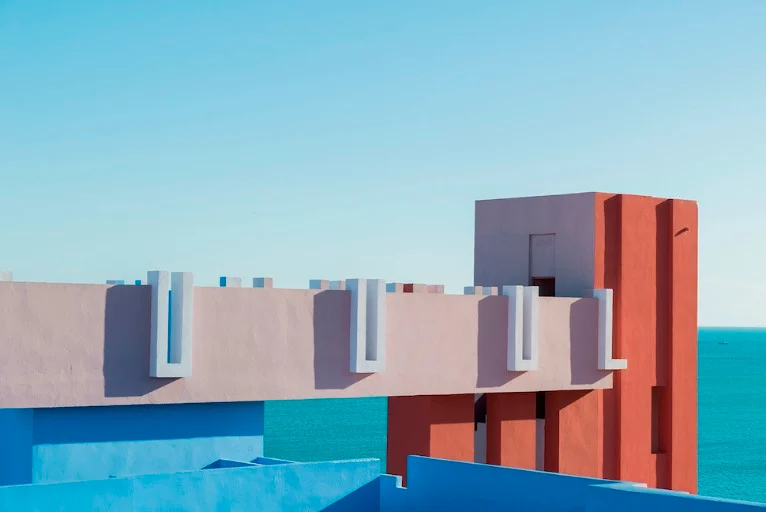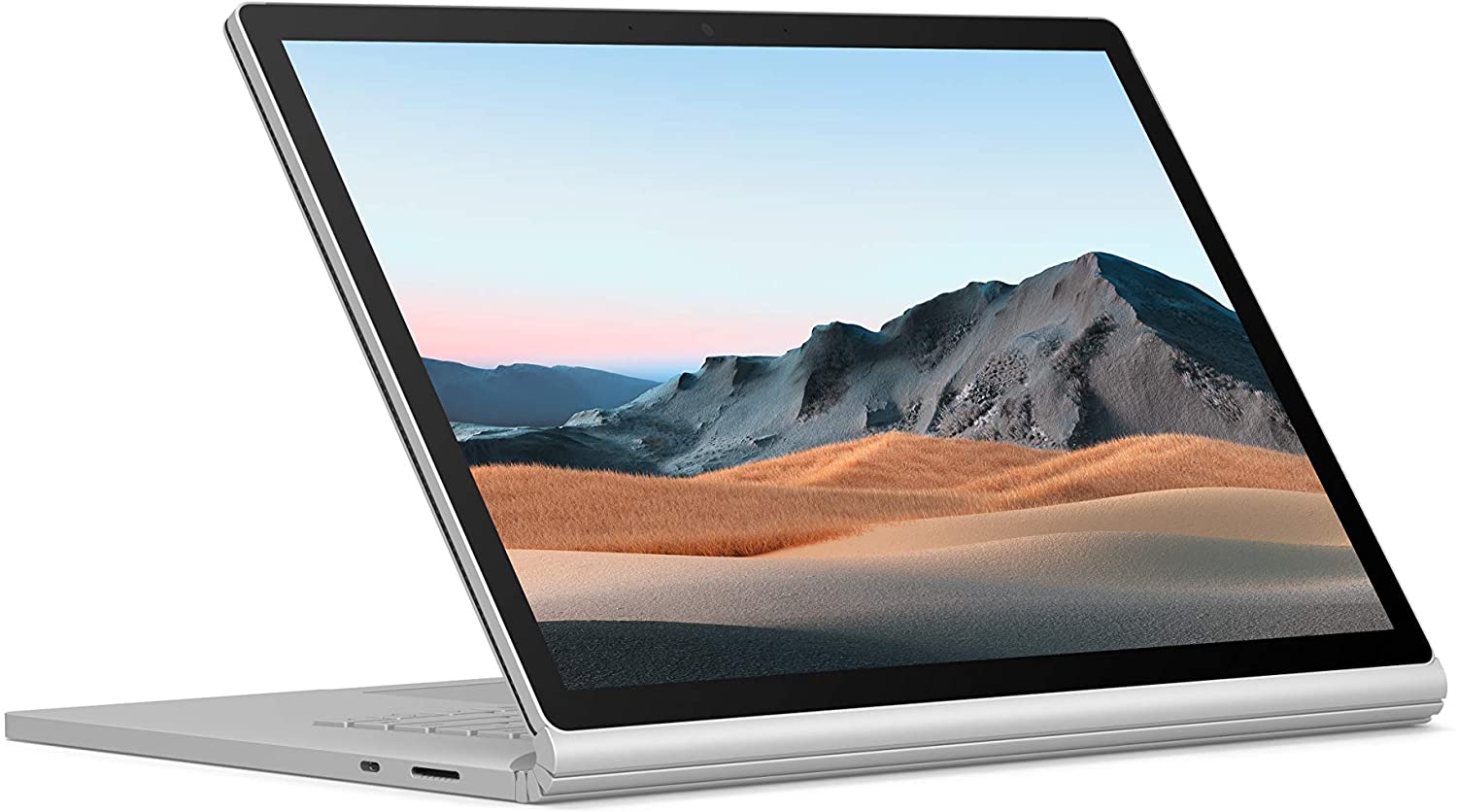- Home
- Articles
- Architectural Portfolio
- Architectral Presentation
- Inspirational Stories
- Architecture News
- Visualization
- BIM Industry
- Facade Design
- Parametric Design
- Career
- Landscape Architecture
- Construction
- Artificial Intelligence
- Sketching
- Design Softwares
- Diagrams
- Writing
- Architectural Tips
- Sustainability
- Courses
- Concept
- Technology
- History & Heritage
- Future of Architecture
- Guides & How-To
- Art & Culture
- Projects
- Interior Design
- Competitions
- Jobs
- Store
- Tools
- More
- Home
- Articles
- Architectural Portfolio
- Architectral Presentation
- Inspirational Stories
- Architecture News
- Visualization
- BIM Industry
- Facade Design
- Parametric Design
- Career
- Landscape Architecture
- Construction
- Artificial Intelligence
- Sketching
- Design Softwares
- Diagrams
- Writing
- Architectural Tips
- Sustainability
- Courses
- Concept
- Technology
- History & Heritage
- Future of Architecture
- Guides & How-To
- Art & Culture
- Projects
- Interior Design
- Competitions
- Jobs
- Store
- Tools
- More

Color in architecture is not an element as it is in other branches of visual art. We cannot think of painting without color, but when we eliminate colors in architecture, textures and forms are in front of us as they are. The main thing in architecture is to create forms and spaces. Architects use colors to show and perceive these forms in the best way.
What should be in architecture is that the relationship between spaces and architectural elements still works when colors are eliminated. In addition, colors are expected to be in harmony with each other as they are used, and forms are expected to stand out better thanks to colors.

One of the best example of the use of color in architecture, Greek templates. We already know Greek templates were in various color in the past. However, we see them as colorless and naked stone structures right now. Although their features were perceived more strongly with their colors in the past, they exist today with their proportions, shapes and magnificent architectures.

The effect of colors on human psychology is an indisputable fact. We can see the exciting effect of red or the calming effect of green in architectural spaces. Being aware of the feelings created by colors, the architect should choose colors both in the interior and exterior facade.
The colors of the buildings are sometimes quite compatible with nature and its surroundings, in tone all around the world. Sometimes, we see the buildings in different and contrasting colors, especially in North American countries such as Norway, houses are in contrast to its environment. Red buildings in green nature are usually reminds house, which actually comes from imitating the brick used in past years. Brick is one of the building materials that evokes “home” in memory. For this reason, we see detached houses painted in warm colors similar to bricks in many parts of the world, even they are concrete structures.

In addition, especially warm and cold colors are used to show the interiors differently. In order to use colors, they are sometimes painted in warm colors, which is the opposite of cold rooms facing north or east, to follow the warm atmosphere in the whole house. However, light has an important role in the perception of colors. Some interior designers and architects say that choosing cool colors with a reflective effect in low-light rooms and warm colors in rooms with plenty of light is more efficient in the use of color.


- architectural color consultant
- Architectural color design
- architectural color solutions
- architectural color trends
- Architectural Colors
- building color schemes
- color and design in architecture
- color design services
- color impact in architectural design
- Color in Architecture
- color palette for buildings
- color psychology in architecture
- Color Scheme
- color theory in architecture
- Color Using in Architecture
- exterior color consultation
- innovative color use in architecture
- interior architectural coloring
- modern architectural colors
- urban color design
Submit your architectural projects
Follow these steps for submission your project. Submission FormLatest Posts
General Arrangement Drawings in Architecture: The Backbone of Clear Design Communication
General Arrangement Drawings explained: what they are, when to use them, how...
The Ultimate Guide to Fencing in North Dakota: Choosing the Best Fence for Your Property
Watching a chain link fence twist in 70 mph winds near Minot...
Gaudí: Where Architecture Meets Science
Gaudí: Where Architecture Meets Science shows catenary arches, ruled surfaces, and biomimicry...
How Housing Market Forces Shape Architectural Design Today
Architecture never exists in isolation. Buildings rise from a mix of ambition,...












Leave a comment